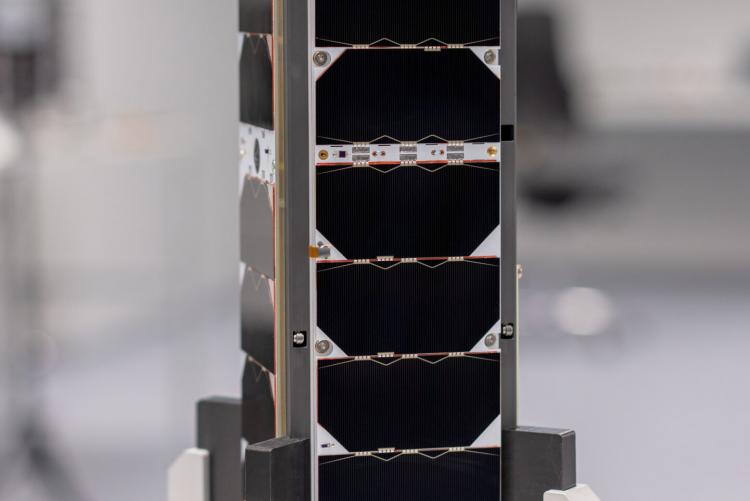The Faculty of Engineering in collaboration Kenya Space Agency organized a public event to witness the launch of Taifa-1 SAT. Staff, students, and members of the public gathered at Taifa Hall on Saturday, April 15, 2023, to witness the launch of Kenya's first operational earth observation satellite, dubbed the Taifa-1 satellite. The Taifa-1 satellite was designed and developed by SayariLabs and EnduroSat over two years at a cost of 50 million Kenyan shillings ($372,000). The SpaceX rocket carrying the Taifa-1 satellite, without incident from Vandenberg Base in California, after three postponements due to bad weather.
Prof. Faith Karanja of the Department of Geospatial & Space Technology and Dr. Cosmas Kiruki of the Department of Electrical & Information Engineering were part of a panel of experts who discussed the many benefits that the satellite data will provide the country.
The satellite, designed by nine Kenyan engineers, will collect agricultural and environmental data, such as floods, droughts, and wildfires, which authorities intend to use for disaster management and combating food shortages. The satellite's primary goal is to collect agricultural and environmental data, such as floods, droughts, and wildfires, in order to assist Kenya with disaster management and food shortages. Taifa-1 has an optical camera that can capture images in both multispectral and panchromatic modes. The satellite can move between the visible and infrared light spectrums, allowing it to acquire photographs even in low-light settings. Taifa-1 can record images in five different multispectral bands. Taifa-1 will run for five years before decaying over a 20-year period and entering the atmosphere.
- Log in to post comments

